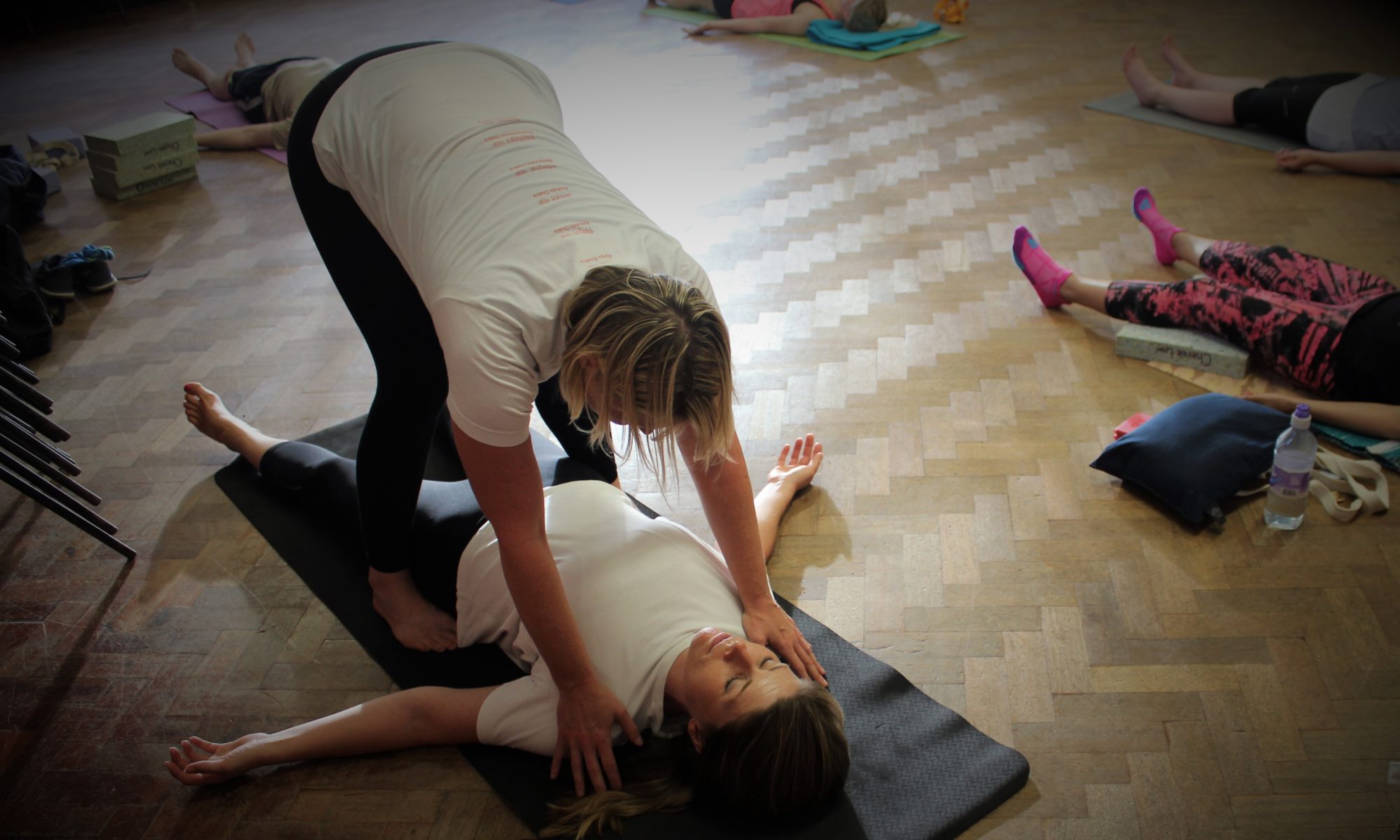This past month has been emotional— many, many citta vrttis. Turnings of the consciousness. Or as my dear friend Rose puts it, mindstuff flux. The goal of yoga practice is to still the fluctuations, to give a sense of serenity, to become even-keeled. Even my new teacher Mary has commented on my “over-active” mind.
I haven’t been employed for the past 7 months– which at first was really nice, a break from my workaholism, what felt like an extended vacation/holiday. My attitude has recently shifted. I applied for a resident visa about a month ago, started exploring where I can start teaching, getting the “game plan” all set.
What has been interesting to observe, is how all of this affects my mind. In a way, actually engaging with the prospect of working again has made me hungry to get started and more than a little impatient.
I then started reflecting on how I define myself, and how attached I’ve become to living up to the labels I’ve given myself. I am a yoga instructor. I work hard. The truth is, I haven’t been teaching and I haven’t really been working all that hard. This creates more than a little internal dissonance.
The kleshas as defined in Mr Iyengar’s translation of the Yoga Sutras of Patanjali are “the afflictions which disturb the equilibrium of consciousness.” The five afflictions are ignorance, ego-ism, attachment to pleasure, aversion to pain, and fear of death.
So one of the kleshas afflicting me presently, persistently, and obviously is ego-ism. Ego isn’t only pride, but also the sense of individuality and separateness we create in our minds. Labels we give ourselves are just one way we create “separateness” and believing that your identity is defined by them will only lead to suffering. This mis-identification with our labels, our perceived uniqueness, is also a form of another klesha, avidya or ignorance. It is an ignorance of the profound nature of our being, which is stable and true, regardless of how the ego wants to box it in with labels.



